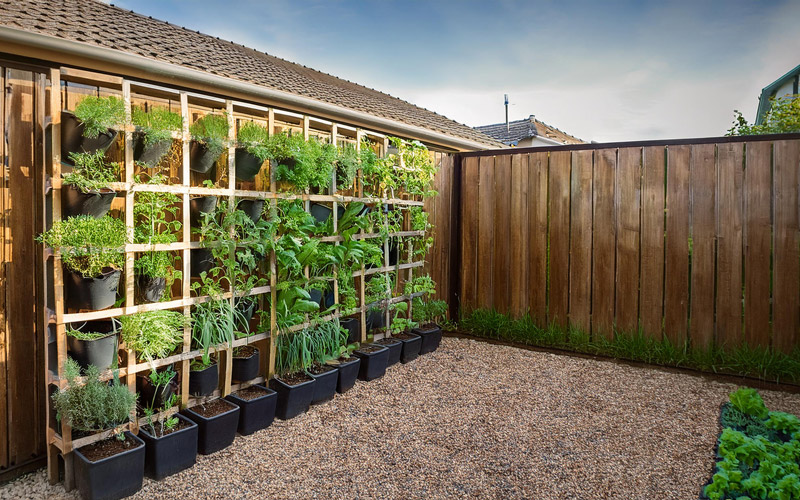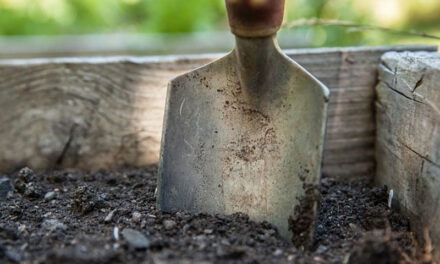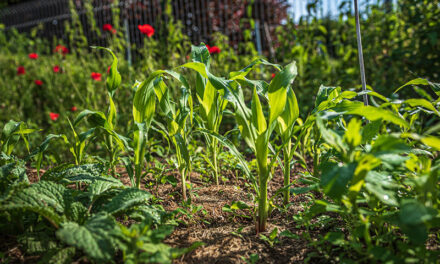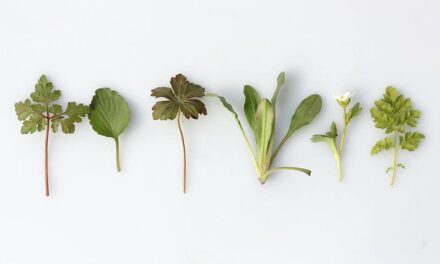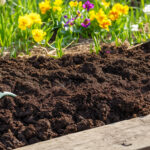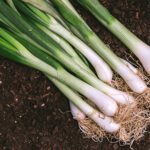Vertical vegetable gardening is a fantastic solution for those with limited space. By growing upward instead of outward, you can maximize your garden’s productivity while keeping it compact and efficient. Whether you’re using trellises, wall planters, or vertical vegetable planters, this guide will help you get started.
Why choose vertical vegetable gardening?
Vertical gardening offers many benefits:
- Space-saving: Perfect for small spaces like balconies, patios, or urban backyards.
- Increased yield: Growing vertically allows you to plant more vegetables in less ground space.
- Pest control: Elevating plants makes them less accessible to common pests like slugs and snails.
- Improved air circulation: Vertical setups reduce disease risks by promoting better airflow around plants.
How to set up a vegetable garden vertical
1. Choose a location
- Select a spot that gets 6–8 hours of sunlight daily.
- Ensure it’s close to a water source for easy irrigation.
2. Select your vertical structure
- Trellises: Ideal for climbing plants like beans, peas, and cucumbers.
- Vertical vegetable planters: These stacked or tiered containers are perfect for small spaces.
- Wall-mounted planters: Great for herbs, strawberries, and leafy greens.
- Hanging baskets: Use these for trailing plants like cherry tomatoes or herbs.
3. Pick the right containers
- Use lightweight, durable containers with good drainage.
- Fabric grow bags or stackable pots are excellent for mobility and vertical setups.
Best vegetables for vertical gardening
1. Climbing plants
- Beans and peas: Naturally suited for vertical growth using trellises.
- Cucumbers: Train them to climb with sturdy support.
- Tomatoes: Use stakes or cages for upward growth.
2. Trailing plants
- Zucchini: Compact varieties thrive in vertical gardens.
- Strawberries: Perfect for tiered or wall-mounted planters.
3. Small or leafy plants
- Lettuce and spinach: Grow well in shallow, stacked containers.
- Herbs: Basil, parsley, and thyme are great for wall or hanging planters.
Maintaining a vegetable garden vertical
1. Watering
- Vertical setups may dry out faster, so check soil moisture regularly.
- Use drip irrigation systems for consistent watering.
2. Fertilizing
- Apply slow-release fertilizers or liquid feed every two weeks.
3. Pruning
- Trim excess foliage to prevent overcrowding and improve airflow.
4. Supporting plants
- Secure climbing plants with ties or clips to keep them upright.
FAQs about vegetable garden vertical setups
1. What vegetables are best for a vertical vegetable planter?
Herbs, lettuce, strawberries, and compact vegetables like spinach are ideal for vertical planters.
2. How do I water vertical gardens efficiently?
Install a drip irrigation system or water from the top, allowing gravity to distribute moisture evenly.
3. Can I grow root vegetables vertically?
Yes, small root crops like radishes and baby carrots can grow in deep vertical planters.
4. How much space do I need for vertical gardening?
You only need a few square feet, as the height of your setup maximizes growing space.
5. Are vertical vegetable planters suitable for beginners?
Absolutely! They are easy to manage and perfect for starting small.
6. Can vertical gardens be used indoors?
Yes, as long as you provide adequate light using grow lights or place them near sunny windows.
Conclusion
A vegetable garden vertical is an innovative and practical way to grow fresh produce in limited spaces. By selecting the right structure, plants, and maintenance methods, you can create a productive and beautiful garden. Whether you’re a beginner or an experienced gardener, vertical gardening is an exciting way to maximize your harvest and make the most of your space.

